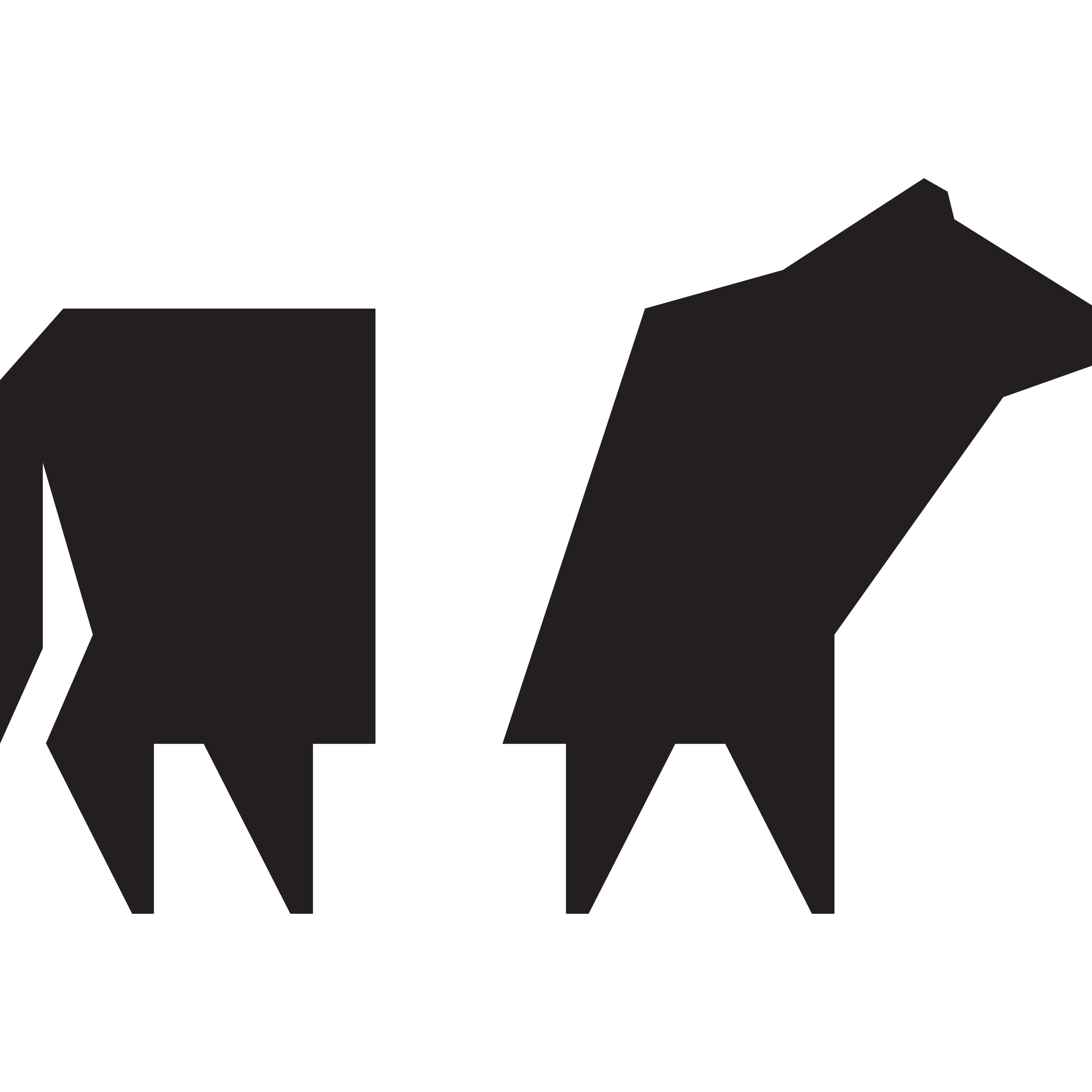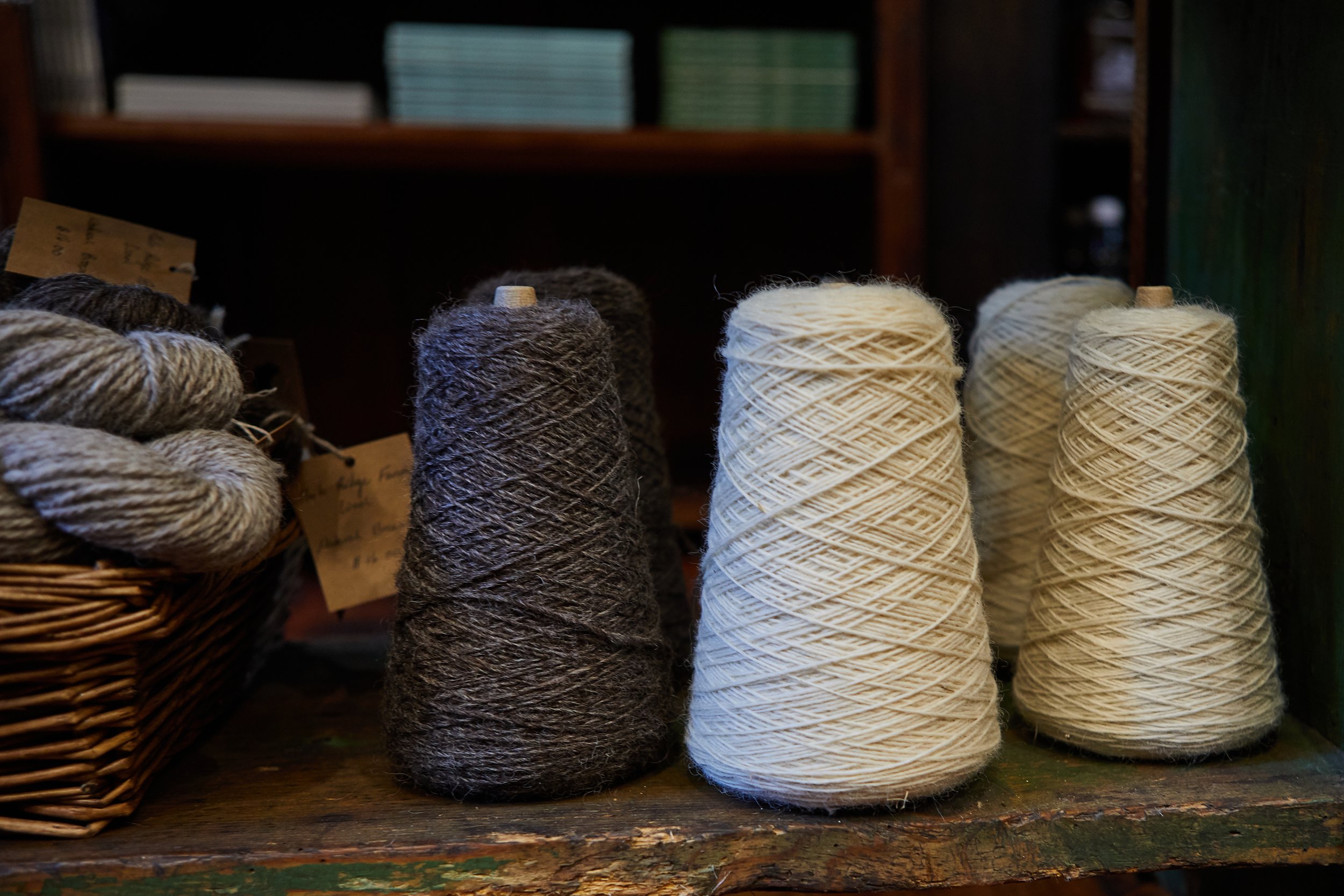Lambing Season
By Evan Rieth
Lambs in the Sheep Barn last spring
We like to say we’re grass farmers. But it doesn’t make ecological or economic sense to raise all that grass if we don’t have anything to eat it. This is where our sheep flock comes in. Like our cows, sheep are ruminants. This means they utilize a host of bacteria housed in their stomach to digest the cellulose of the grass, forbs, and legumes of our fields. We raise sheep at Philo Ridge Farm because they efficiently convert grass into wool and meat.
After the historic Foote farm was purchased in 2012, a young couple from Charlotte leased the front pasture to graze a small flock of sheep with protection from their Maremma livestock guardian dog. This same flock, now watched over by our guard llama Odyssey, has evolved to 50 ewes in the past few years.
The Sheep Barn in 2013 with Vera and Aldo, the sheep dog
Today, Romney and Border Leicester genetics comprise our sheep flock. We chose these breeds with intention, knowing what our goals were: we wanted a resilient sheep flock that would thrive on a low-input, grass-based system. We wanted a flock that could produce useful and beautiful wool as well as tender and flavorful meat. The Romney and Border Leicester genetics we raise have fit the bill.
The sheep flock has grown each year. How much it grows each year, well, that depends on a host of factors, the most important of which is lambing. In a good lambing season–where most of our ewes have twins–we have more flexibility in deciding which animals will go to harvest, and which animals we can afford to keep around. For this reason, lambing is one of the keystone events on the livestock team’s calendar. It’s a chance for us to work towards giving our sheep flock the best possible start to the year.
“We wanted a flock that could produce useful and beautiful wool as well as tender and flavorful meat.”
Bagged wool and yarn
Natural yarn woven from our wool and sold in the Market
The lambing process goes something like this: the ewe goes into labor; if all goes well, she pushes the lamb out, front feet and head first. With the lamb covered in afterbirth, the ewe sets to licking it. The licking action engenders bonding between the ewe and the lamb, as well as removing the damp afterbirth. It doesn’t take long for the lamb to stand on its wobbly legs and jut its head around in search of its mother’s teats. Often times, the ewe will give birth to a second lamb as well.
It’s then that we move the ewe and her lambs into private pens, known as jugs, where the mother can clean her young and the lambs can nurse. The first milk the lambs nurse is colostrum. A thick, yellow milk, colostrum is full of the antibodies, calories, and minerals that a lamb needs to get off to a good start. We keep a close eye on the ewe/lamb pairs to make sure the ewe is letting her lambs nurse, and the lambs have nice full bellies. It’s in these nascent stages of licking, nursing, and bleating that the bonding between ewes and lambs take place. It’s a bond that will continue throughout the season.
A ewe with her twin lambs last spring
Amidst all of this the livestock team acts as a crew of midwives, delivering multiple sets of lambs each day, for the better part of a month. Upon birth, we weigh each lamb so we can track growth and animal performance throughout the season. We dip their umbilical cords in iodine to ward off infection, punch an ear tag to aid in identification, and administer a mineral booster shot of selenium and vitamin E to reduce the chances of white muscle disease. After a few days of close observation, the ewe and her lambs–now bonded, identified, and healthy–are returned to the main flock where the lambs can socialize with other sheep and learn to find their mother amidst the crowd.
Lambing is as sure a sign as any that spring is here. With the first lambs arriving any day now, we can say goodbye to the bitter cold of winter and say hello to the warm breezes that will soon bring the greening grass.





